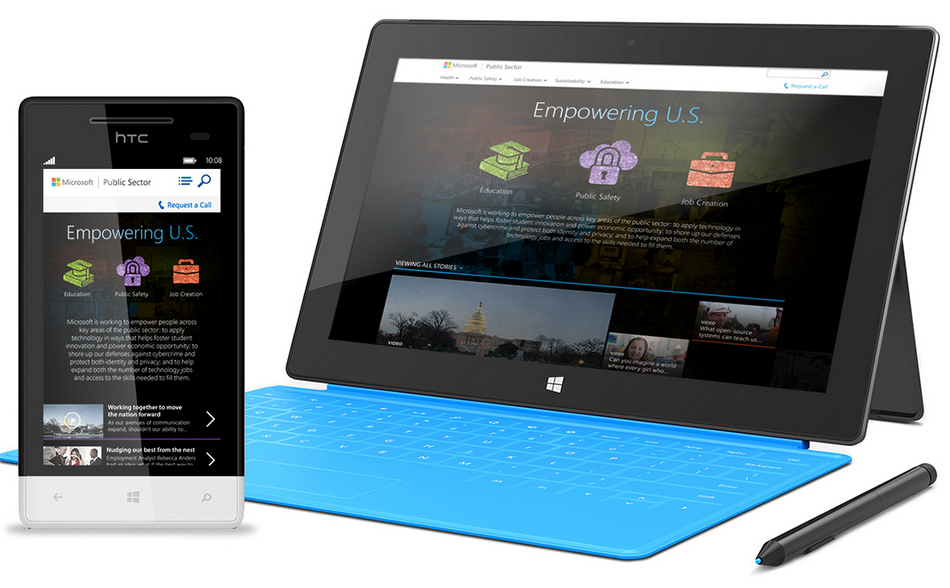Empowering security logs integration and analytics
In advanced scenarios, AWS offers robust tools such as Security Lake and Athena to enhance security log management beyond the capabilities of CloudTrail and CloudWatch. These services are vital for situations demanding a deeper approach to security log integration and analytics. Together, they offer a comprehensive approach to managing and analyzing security logs, which is ideal for complex environments needing a refined analysis of security data.
Understanding Security Lake
Security Lake offers a comprehensive solution for aggregating, categorizing, and managing vast volumes of security data from various sources, going beyond CloudWatch and CloudTrail’s log storage capabilities. Its key features are as follows:
- Centralized security data storage: Security Lake centralizes storage for security logs in multi-account AWS environments. It aggregates logs from diverse sources, such as CloudTrail, GuardDuty, and custom application logs, creating a cohesive data repository. This is particularly relevant for organizations dealing with diverse log sources and dispersed account structures as it streamlines log access and analysis.
- Simplified log management: Security Lake simplifies the complexity associated with managing disparate security logs format. It provides tools for automated log ingestion, normalization, and categorization using the open cybersecurity schema framework (OCSF), ensuring that data is consistently formatted and easily retrievable. This standardization is key for efficient analysis, removing the complexities that arise from disparate and inconsistent log sources, and reducing the time and resources needed for log management.
- Enterprise-wide threat detection: Perhaps the greatest strength of Security Lake in a multi-account setup is the ability to correlate security events across the entire organization. This means detecting attacks that exploit resources in multiple accounts or pinpointing suspicious behavior patterns that might otherwise go unnoticed. Consider a scenario where a compromised EC2 instance in one account is used to exfiltrate data to an S3 bucket in another – a coordinated attack that only becomes apparent through centralized analysis.
- Enhanced security data analysis: The integration of Security Lake with analytical tools such as Athena enables powerful data analysis capabilities. Its structured repository enhances the efficiency of querying and analyzing security data, enabling organizations to uncover insights and patterns that might otherwise be overlooked.

